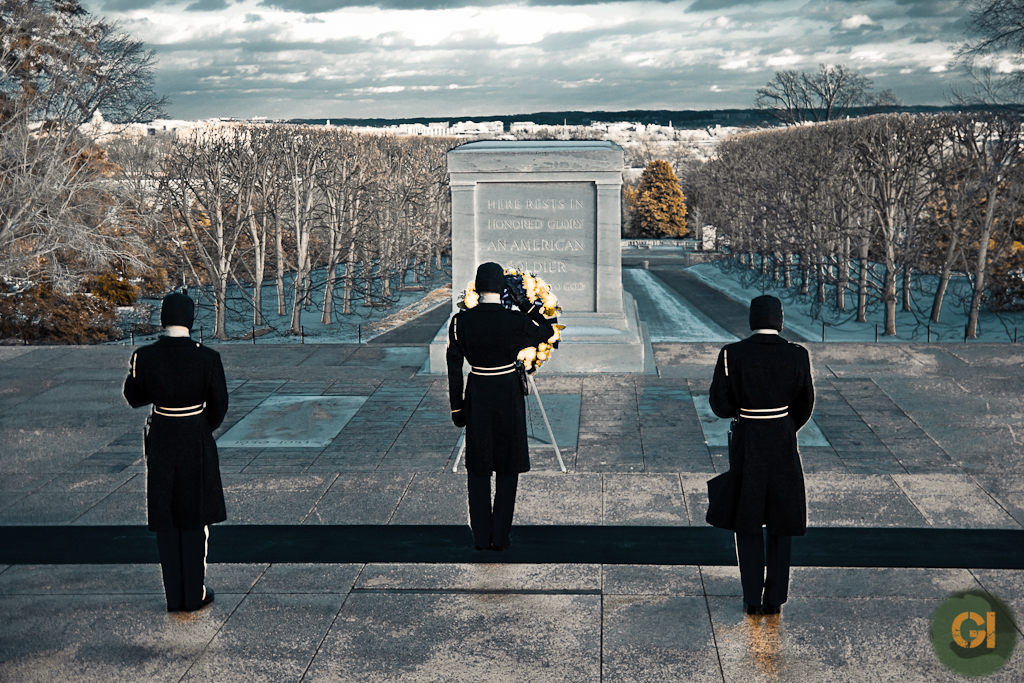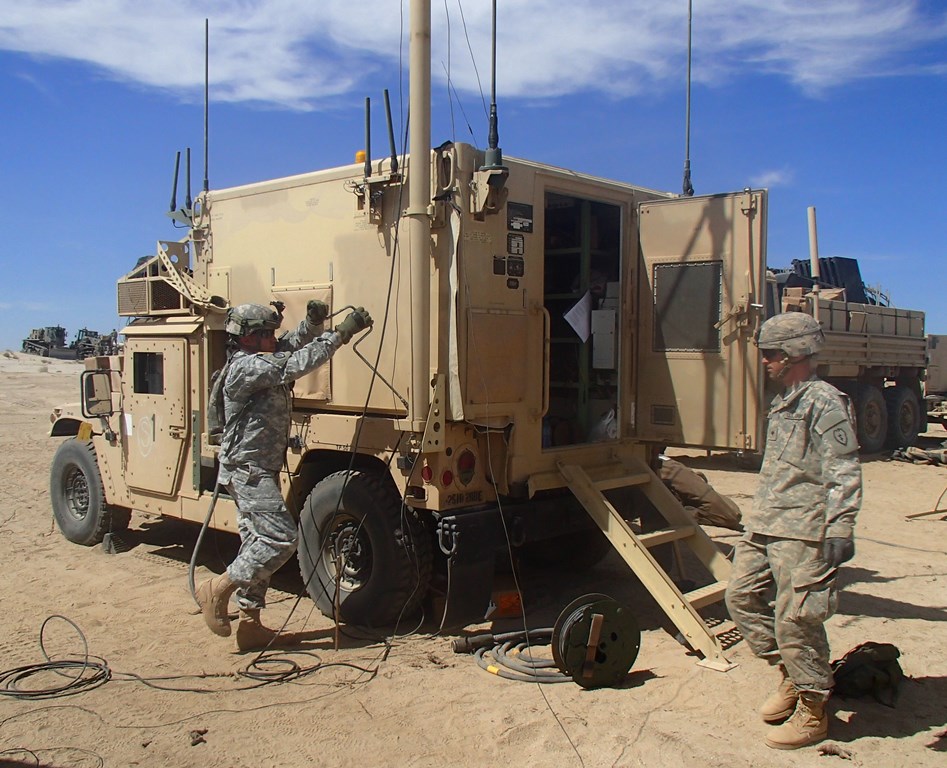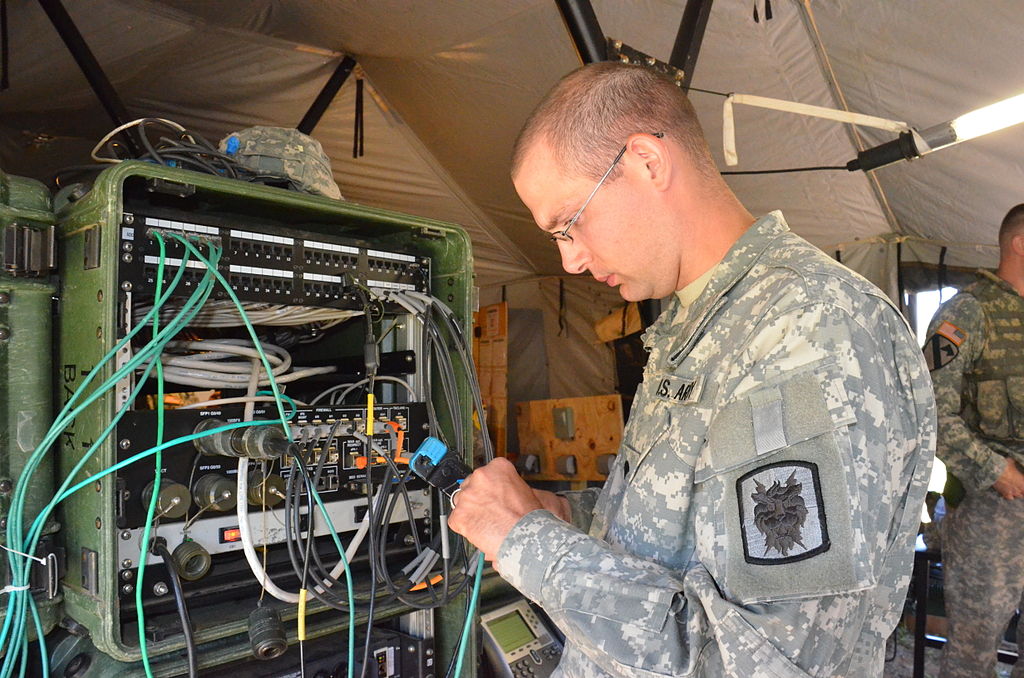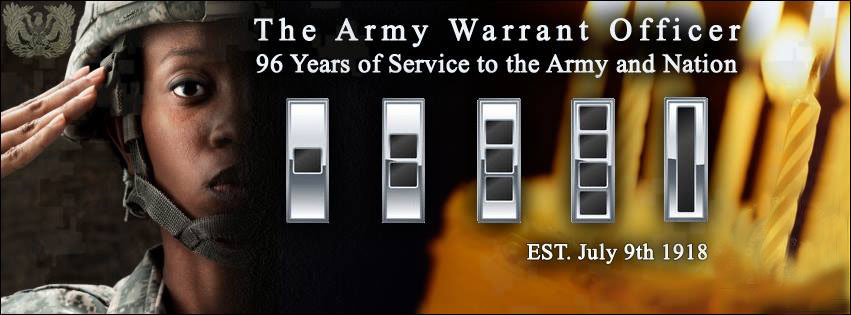So if you happened to be up and in system a couple of weeks ago, you may have noticed a prolonged period of “disruption”. The brigade on rotation here began to see instability across the satellite network effecting both TDMA and FDMA. We were eventually informed by the commercial satellite provider that the problem terminal was indeed located in the Fort Irwin area. The focus of this post is sort of an AAR of what occurred in an effort to identify the responsible terminal, and what could have been done to improve the situation from the very beginning and to minimize the chances of this happening again.
FSR Support
On this day in 2008, I learned the very hard lesson that how well we prepare our Soldiers to do their jobs in combat can mean the difference between the life and death of others.
How to do well on the NTC Checklist
This morning I was at the gym working out when I got a phone call from a longtime friend of mine who is currently working on the FORSCOM MCAT team. He was out visiting a unit and had a question, one that I hear pretty frequently…. “Will you gig the unit if they do/don’t do …..” This is a question that I seriously get asked at least once every time I talk to a new unit. My short answer is “No.”
Whose Got Your Backup?
I think that most in the military would agree that there has to be someone in charge. Who that person is may well change for a variety of situations, but there is always someone that is in charge. From a command perspective it is the Commander followed normally by his deputy. From a mission command perspective it is normally the TOC (or Main) followed by the TAC. From a network perspective it is NETOPS followed by….
The Lost Art of Training Soldiers
The training of our Soldiers has long been the cornerstone of providing our country the fighting force that we do today. Once upon a time training was the primary focus of the Army but that has changed over the last 13 years and we have moved away from the basics.
Air in the Fuel Line
Just a quick post today. I didn’t include it in my NTC trends (although I probably should have) but something so incredibly easy to fix and yet I have seen it happen probably almost every single rotation (and in fairness, it happens probably once a rotation for my teams command post too)…..Getting air in the fuel line (aka…running out of gas).
To Certify or not to Certify?
We all know what a certification is, and many of us have obtained one or more over the years but why? As a Soldier, what do certifications do for us? Are they worth the time, effort, money?
Care to save America from Evil (at least in cyber space)?
This is for all of the NCOs that read this (and all of you Warrants who have NCOs that are computer nerds like many of us). As you have probably heard, the Cyber Center of Excellence, (aka…Fort Gordon) is looking for senior SGTs and above who are interested in becoming the founding group of 25Ds (Cyber Network Defender)
Warrant Officer Recruiting
Warrants, aside from being experts at our job, we also have a responsibility to find the guy that will eventually replace us. We do this by working closely with our Soldiers and helping to groom our most promising to become future warrant officers.
Building Relationships for a Easier Future
Relationships are a big topic that we talk about in literally ever signal AAR. Why? Because relationships, or lack thereof, can help even the most poorly planned operation a success or kill the most detailed operation. Relationships are important to every staff officer because they enable to not only do our job, but to be much more effective at it.










